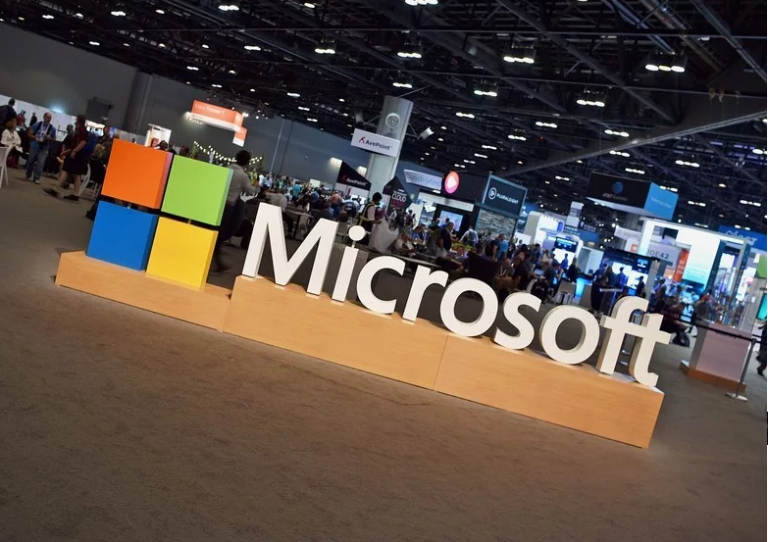
You are an industry leader in a market segment. Your competitor has launched and made its product largely free. You make money in some global regions, but in some other areas people are pirating your product – using it without paying for it. You have two game plans for the pirating regions:
- Make it harder for them to steal (using law enforcement or technology protection). But you do know that if you do so, the users will likely move to your competitor. That means, forever, that market is lost. You will not like that to happen.
- Allow them to steal provided that prevents them from using the competitor. But as they steal, have an immediate game plan to make the product extremely affordable so that they begin to think this needs to be paid for additional security protection.
I just described how Microsoft outclassed Linux in most parts of the emerging market. I will use China for illustration here even though that applies to most countries.
The software piracy in China which Microsoft largely ignored provided that kept Linux out was one of the reasons China is a Microsoft nation today. As most people used the pirated Windows, everyone adopted Windows. Then over time, Linux was largely forgotten. Today, Linux looks like an enterprise focused product; in the past, the playbook included personal computing.
Register for Tekedia Mini-MBA edition 18 (Sep 15 – Dec 6, 2025) today for early bird discounts. Do annual for access to Blucera.com.
Tekedia AI in Business Masterclass opens registrations.
Join Tekedia Capital Syndicate and co-invest in great global startups.
Register for Tekedia AI Lab: From Technical Design to Deployment.
With time, Microsoft started preaching to users that for small fees, they could get better security and protection from malware. Already used to Windows, most customers went for that, and magically Microsoft started making money in China. And later, it surprised the hold-outs, upgrading their stolen software with new versions but on the premise that they must register the solution. By the time people went through two update cycles, noticing the huge benefits, many became believers.
Across markets, companies have different methods to win territories. Intuit has it own technique.
One company that has done that very well is Intuit, an American company that is known for selling tax software. A key attribute of Intuit is giving most things free. You can accuse the firm that it hates revenue. You see competitors building products and solutions on its platforms. But there is a catch: after a few years, the competitors become invisible. They become folded into Intuit business in the eyes of customers.
So, for decades, Intuit continues to swallow competitors without buying them. I have called its model the Fish Bait Acquisition Construct. It is a model where you give things free to competitors. As they come to enjoy the freebies, you trap them, and over time, they become weak. The end game is that at the end, they beg you to take over their assets.
We are also seeing OPay in Nigeria with a strategy.
Yes, OPay is running what I call the Invisible Layer Strategy. The Invisible Layer Strategy is a strategy where a company builds a product utilizing critical infrastructure of another competing company, in the same product line, but finds a way to under-cut that company on cost of services to end users. Today, OPay offers zero fee to customers who use it to pay for DStv services in Nigeria.
Simply, most things may not make sense to users – but companies know what they are doing. Some games intentionally make themselves easy to pirate as part of adoption and growth strategy.
---
Register for Tekedia Mini-MBA (Sep 15 – Dec 6, 2025), and join Prof Ndubuisi Ekekwe and our global faculty; click here.


